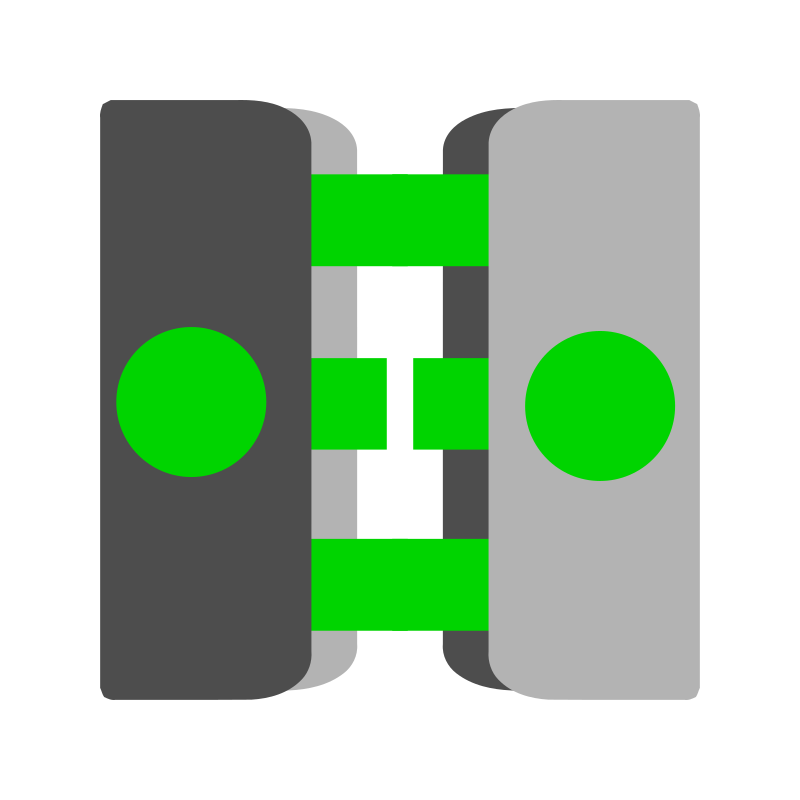Understanding Conjunctions
Conjunctions are vital words that connect words, phrases, and clauses, enabling the construction of complex and meaningful sentences. This guide explores the different types of conjunctions and their roles in English grammar.
What is a Conjunction?
A conjunction is a word that joins words, phrases, or clauses in a sentence.
Conjunctions are essential for creating complex sentences and showing relationships between different parts of a sentence.
Example:
I like tea and coffee. (joins two words)
She is smart but lazy. (joins two clauses)
You can have the cake or the ice cream. (joins two phrases)
Types of Conjunctions
There are three main types of conjunctions:
- Coordinating Conjunctions
- Subordinating Conjunctions
- Correlative Conjunctions
1. Coordinating Conjunctions
Coordinating conjunctions join words, phrases, or independent clauses of equal grammatical rank.
The most common coordinating conjunctions can be remembered with the acronym FANBOYS:
- F - For (reason)
- A - And (addition)
- N - Nor (negative choice, often used with 'neither')
- B - But (contrast)
- O - Or (choice)
- Y - Yet (contrast, similar to 'but')
- S - So (result/consequence)
Example:
She studied hard, so she passed the exam.
He wants to play, but he has homework.
Would you like tea or coffee?
2. Subordinating Conjunctions
Subordinating conjunctions join an independent clause (a complete thought) and a dependent clause (a clause that cannot stand alone).
They show a relationship between the clauses, such as time, cause, condition, or contrast.
Common Subordinating Conjunctions include:
- after
- although
- as
- because
- before
- if
- since
- though
- unless
- until
- when
- while
- whereas
Example:
Although it was raining, we went for a walk.
She will call you when she arrives.
He couldn't go to the party because he was sick.
3. Correlative Conjunctions
Correlative conjunctions work in pairs to join words, phrases, or clauses that have a reciprocal or complementary relationship.
Common Correlative Conjunctions include:
- either...or
- neither...nor
- both...and
- not only...but also
- whether...or
- as...as
Example:
You can have either the apple or the banana.
Neither the teacher nor the students were happy with the results.
She is not only intelligent but also kind.
He is as tall as his brother.
Examples of Conjunctions in Sentences
Here are more examples showing how conjunctions connect different parts of sentences:
- The sun was shining, and the birds were singing. (Coordinating)
- I will go to the store after I finish my work. (Subordinating)
- Both my mother and my father are teachers. (Correlative)
- He was tired, yet he continued to work. (Coordinating)
- Unless you study, you will not pass the exam. (Subordinating)
